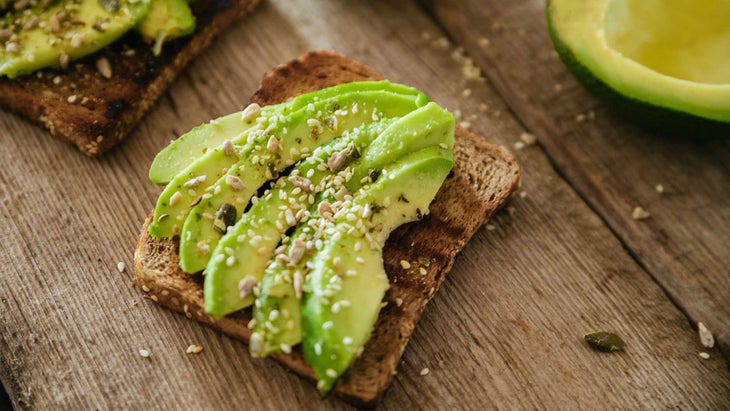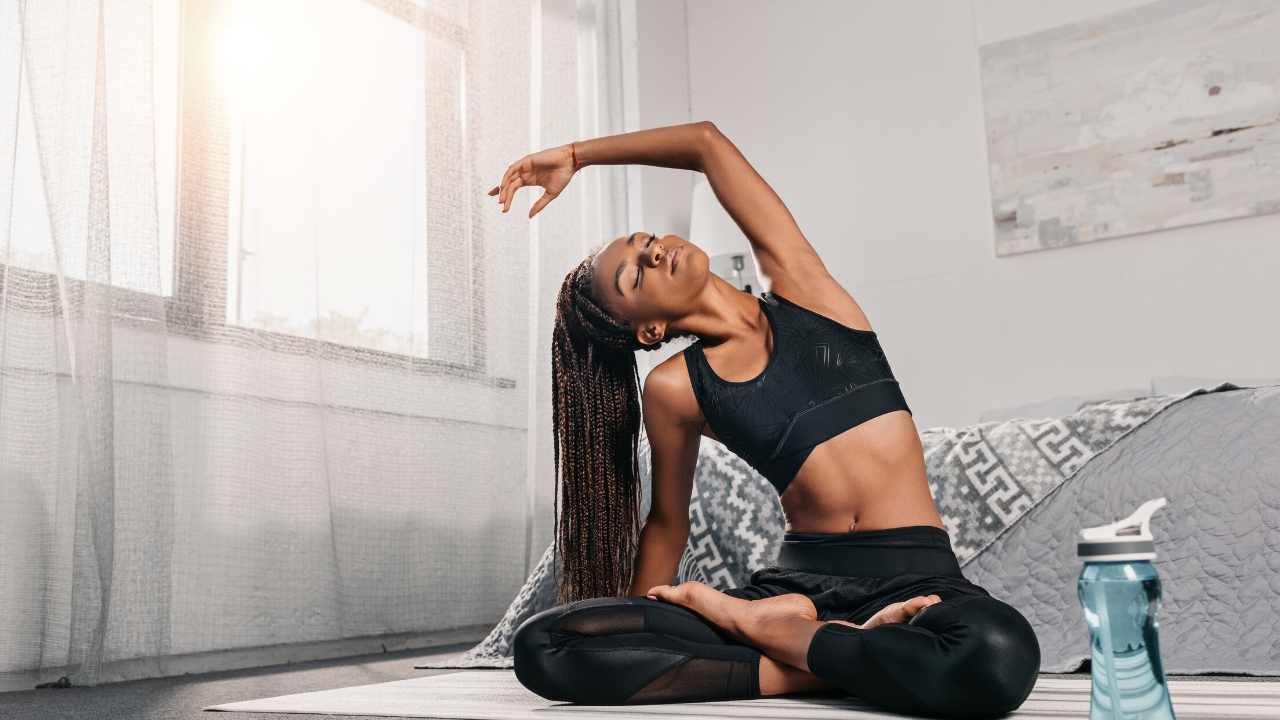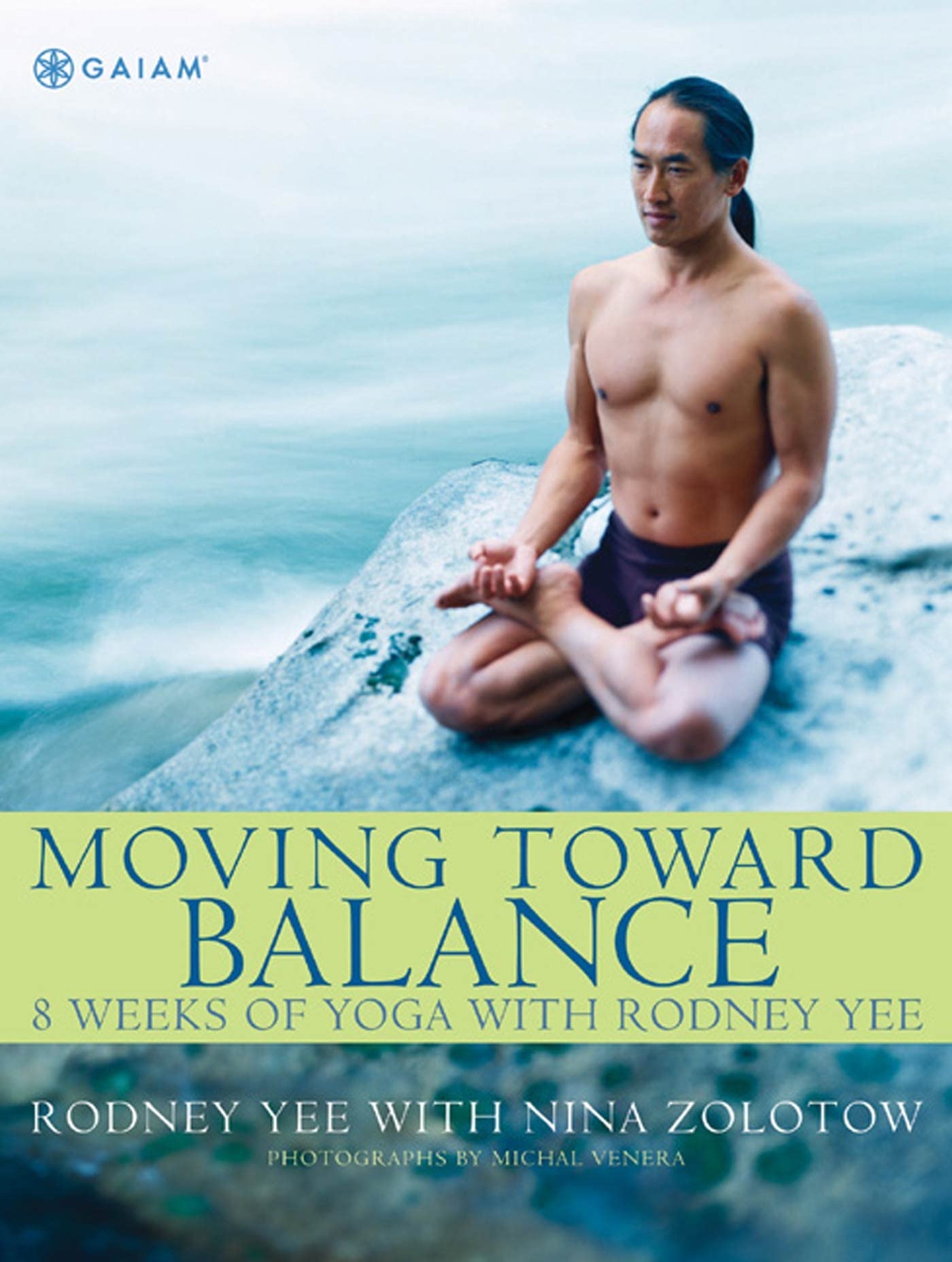
Yoga and Pilates have very distinct practices. Yoga is about alignment and the mind-body link, while Pilates focuses more on self care. Both can reduce cortisol, a stress hormone, by being more focused on self-care. This hormone can cause problems for our health and well-being.
Pilates focuses on resistance training
Pilates is a tradition exercise that brings together mind, body, soul. Beginning a Pilates class involves a meditation-based focus at the midsection that guides their attention to certain movement sequences. From there, they can focus on each individual body part and then synchronize each movement with their breathing. This is key to safe, effective Pilates.
Although yoga and Pilates both incorporate mind-body exercise, they are totally different. While yoga is more focused on meditation, Pilates emphasizes physicality as well as the connection between mind-body. Both of these methods can help with stress management and physical well-being. In addition, they use different types of equipment.
Yoga is a spiritual practice
Yoga is considered a spiritual practice by many yoga practitioners. It helps the student tap into the infinite energy of the universe and manifest their dreams. The discipline changes the usual mindset that causes people to self-sabotage. The result is a life full of meaning and purpose.

Yoga, an ancient spiritual discipline, combines breathing, movement, and meditation. Yoga seeks to bring harmony and balance to the mind, body, and soul. The Sanskrit word for yoga, yuga, means "union". Yoga is, in other words: a method of controlling the mind and body.
Yoga is better to achieve balance and flexibility
Both Yoga and Pilates are good forms of exercise. However, experts suggest that Pilates is better for balance or flexibility. Yoga is focused on static postures while Pilates focuses on moving from one position to the next. Pilates improves motor control which can help prevent falls. Yoga and Pilates are also good for maintaining a healthy posture and preventing chronic low back pain.
Both yoga and Pilates involve strict, structured routines. While some people may find them daunting, others might find yoga easier to follow. You can adapt both to fit different fitness levels.
Pilates is more accessible than yoga.
Pilates is low-impact and can help you build core strength. Joseph Pilates developed it in the 1920s. It emphasizes muscle control and stability. You can either use a mat on the ground or a special piece of equipment called a Reformer to do your exercises. Properly cover your body before you begin.
Pilates is similar to yoga. It involves small controlled movements. While Pilates students experience core strengthening, they also find increased flexibility and strength. MindBody's research found that 70% of people who have tried yoga or Pilates reported less stress. Both are beneficial for the body and mind.

Pilates is better at mental health
Pilates, a gentle exercise, has been proven to reduce anxiety and depression. This form is adaptable, and it focuses on core stabilization and mobility. Each principle corresponds with a specific exercise. It also has deeper meanings in mind-body and health.
Yoga is more contemplative, while Pilates is more focused on the mind-body connection. It emphasizes muscular strength, flexibility and precision of movement. Both yoga and Pilates use different types of equipment.
FAQ
What is the average time it takes to learn yoga?
Yoga is a lifelong process that requires dedication, patience, and perseverance. Learning new things takes everyone at their own pace.
It doesn't matter how old or young you are. You can master any routine of yoga if there is enough dedication and hard work.
How does yoga change your body?
Yoga helps you relax and stretch. It can also make you feel great. Yoga improves flexibility, strength, and stress reduction. This leads to better sleep, improved concentration, and increased energy levels.
Yoga can also increase blood flow, which will make you less susceptible to getting the flu. This is because breathing deeply during yoga increases the amount of oxygen reaching your brain.
Yoga can relieve tension and pain. These postures improve posture and strengthen joints and muscles.
Therefore, you should practice yoga regularly to keep yourself healthy and happy.
Does yoga make me look like a hunk?
No! It won't make you appear like a Hollywood superstar after you do yoga. Instead, yoga will make you appear stronger, fitter, more flexible, and toned.
What are the best yoga mats?
There are many options for yoga mats. Choose one based on its size, price, and durability.
A quality mat should be thick enough not to scratch your floor, but thin enough so that you can move it quickly.
Cheap mats may not offer enough support.
Is 20 minutes of yoga enough for a daily workout?
Yoga should be more than just a means of exercising. It should also be used as a tool for self-discovery. It's a time for reflection on your life and the way you live it.
My friend had been practicing yoga for many years and introduced me to it a few years ago. He told me that he did yoga for 20 minutes each morning, which helped him feel calmer throughout the rest of his day.
It made a huge difference in my overall health and well-being. Since then, I continue to practice yoga and find it helps me focus and relax when I'm at work.
Find what works for you, and then set realistic goals. Yoga does not have to be an exhausting activity.
Can I take classes with others?
This depends on the class. Some teachers only offer private lessons. Others provide group classes where students can interact with one another.
Studio owners may offer classes within classes, which are small groups of people who share similar interests and goals.
Statistics
- In comparison, a 125-pound person is estimated to burn 135 calories in 30 minutes of walking (at a pace of 15-minute miles) and 210 calories bicycling at a moderate pace on a stationary bike. (everydayhealth.com)
- The American Psychological Association recently shared that 84% of American adults feel the impact of prolonged stress (5). (healthline.com)
- According to calorie estimates calculated at Harvard Medical School, the average 125-pound person burns about 120 calories in a half hour of hatha yoga, and a 185-pound person burns about 178 calories in that half hour. (everydayhealth.com)
- A 2020 review of 27 studies (1,805 total participants) of yoga interventions in children or adolescents found reductions in anxiety or depression in 70 percent of the studies, with more promising results for anxiety. (nccih.nih.gov)
- About one in seven U.S. adults practiced yoga in the past 12 months, according to a 2017 national survey. (nccih.nih.gov)
External Links
How To
Is yoga a great workout?
Yoga isn't just for people who want to lose weight. Yoga can help you improve flexibility, balance and coordination as well as strength, focus, calmness, and coordination.
Yoga isn't just a form of exercise. These poses can help you to relax and calm down. They can improve our posture, concentration and breathing.
A "yogi" is someone who practices yoga. Yogis follow various forms of yoga, including Hatha, Ashtanga, Iyengar, Vinyasa, Bikram, Kundalini, Yin Yang, and Restorative.
There are many different types of yoga. They all have the same goals. Each type is focused on different aspects. Yoga styles that include meditation, pranayama, or Hatha are all examples.
You don't need any equipment for some yoga exercises:
-
Sun Salutation – The series of 12 positions starts with forward bend followed by 10 poses.
-
Warrior Pose - While holding a stick or staff, a warrior pose is done.
-
Triangle Pose – To achieve this pose, you need to raise one leg and then bend at the knee.
-
Standing Forward Bend - This position involves bending forward from the waist and putting your legs straight on the floor.
-
The seated twist is done while sitting on a mat or chair.
-
Cobra Pose - This pose is performed lying flat on your back with arms overhead.
-
Child's Pose – This is the position where you lie face-up on the ground.
-
Cat/Cow Pose (Cat/Cow Pose) - This combination is similar to a cow or cat pose. As you lie face down, lift your upper body off of the ground. Roll over on your back and place your hands underneath your shoulders.
-
Head Tilt - This pose is done by tilting your head back and keeping your eyes closed.
-
Shoulder stand - This position involves standing straight up with your arms and feet raised above the head.
-
Tree Pose- You can achieve this pose by kneeling on one knee with your hands under you shoulders.
-
Bow Pose – This is when you bend forward from your hips and place your hands on the ground.
-
Corpse Pose: This pose can only be held for five seconds.
-
Mountain Pose - The mountain pose is where you stand tall while your spine is straight.
-
Legs up the wall Pose - This is a pose where you hang upside-down from a brick wall.
-
Side Angle Pose: This pose involves leaning against a wall, putting your right hand next to the wall, and then extending your left arm.
-
Plank Position- When you lie on your stomach and extend your left hand and right foot apart, you can achieve this position.
-
Bridge Pose: This pose can be achieved by balancing on your elbows or toes.
-
Reverse Table Top Poses - To achieve this pose, lie on your stomach while reaching your arms toward your ceiling.
-
Handstand - This pose requires balance and strength. You can hold your body between two walls or a frame of a door to perform this pose.
-
Half Moon Pose is also known by the name Hero Pose. It is performed by standing on your hands and toes.
-
Headstand (or Handstand) - This pose requires excellent balance and strength. This pose is possible on a brick wall or on a doorframe.
-
Forearm Balance: This pose requires that your forearms rest on the tabletop.
-
Spinal Twist: This pose is where your belly meets your arms.
-
Supported Boundangle Pose – This pose requires balance. You will need to find a sturdy object like a tree branch or an old beam to lean on.
-
Wide Leg Forwardfold - To achieve this pose, spread your legs apart while touching your toes.
-
Single Pigeon Pose – This pose is similar the the wide leg forward fold, but has only one limb extended.
-
Extended Puppy Dog Poses - This pose can be very relaxing. This can be done by stretching your legs straight out and bending at the knees.
-
Situated Forward Bend – This pose allows you to sit cross-legged while stretching your calves.
-
Crow Pose: This pose is very difficult, but it's rewarding once you get the hang of it. It is done by raising your arms above your head and lowering them until they parallel to the floor.